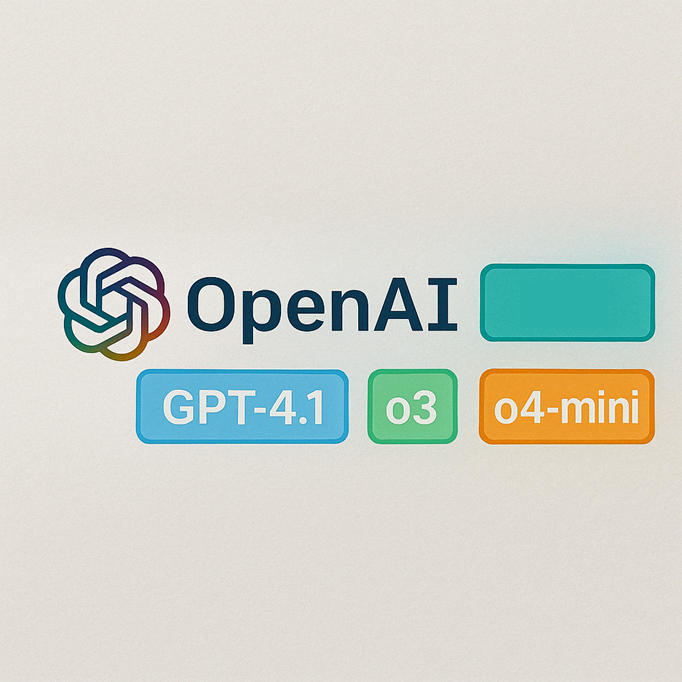In a significant stride toward advancing artificial intelligence, OpenAI has introduced three new models: GPT-4.1, o3, and o4-mini. These models promise enhanced capabilities in reasoning, coding, and image analysis, marking a pivotal evolution in the ChatGPT platform.
GPT-4.1: Elevating Coding and Comprehension
Released on April 14, 2025, GPT-4.1 and its variants—Mini and Nano—are tailored to excel in coding tasks and long-context comprehension. These models outperform their predecessors, such as GPT-4o and GPT-4.5, by offering:
- A 21% improvement in coding performance over GPT-4o.
- Enhanced instruction-following abilities.
- Support for up to 1 million tokens, facilitating deeper understanding of extensive datasets.
Developers can access these models via OpenAI’s API, benefiting from faster processing speeds and reduced operational costs. This release underscores OpenAI’s commitment to providing robust tools for software development and data analysis.
o3 and o4-mini: Pioneering Visual Reasoning
On April 16, 2025, OpenAI unveiled o3 and o4-mini, models that integrate visual inputs into their reasoning processes. This advancement allows the AI to interpret and manipulate images—such as sketches or whiteboard diagrams—enhancing its problem-solving capabilities.
Key features include:
- The ability to “think” with images, enabling a more nuanced understanding of visual data.
- Integration with ChatGPT tools, including web browsing, Python execution, and file interpretation.
- Optimized performance in tasks requiring mathematical and scientific reasoning.
These models are available to ChatGPT Plus, Pro, and Team users, with o3-pro support anticipated in the coming weeks. The introduction of o3 and o4-mini signifies a leap toward more versatile and autonomous AI agents.
Addressing Challenges and Future Directions
While these models represent significant advancements, OpenAI acknowledges challenges, particularly concerning the models’ tendency to “hallucinate” or generate inaccurate information. Efforts are underway to understand and mitigate these issues, ensuring the reliability and safety of AI outputs.
Additionally, OpenAI’s CEO, Sam Altman, has recognized the confusion surrounding the company’s model naming conventions. A rebranding initiative is expected by summer to simplify model identification and usage.
Conclusion
OpenAI’s latest releases—GPT-4.1, o3, and o4-mini—demonstrate a commitment to enhancing AI’s reasoning and analytical capabilities. By integrating visual processing and improving coding proficiency, these models pave the way for more sophisticated and autonomous AI applications. As OpenAI continues to refine its technologies, users can anticipate increasingly powerful tools to support a wide array of tasks.
